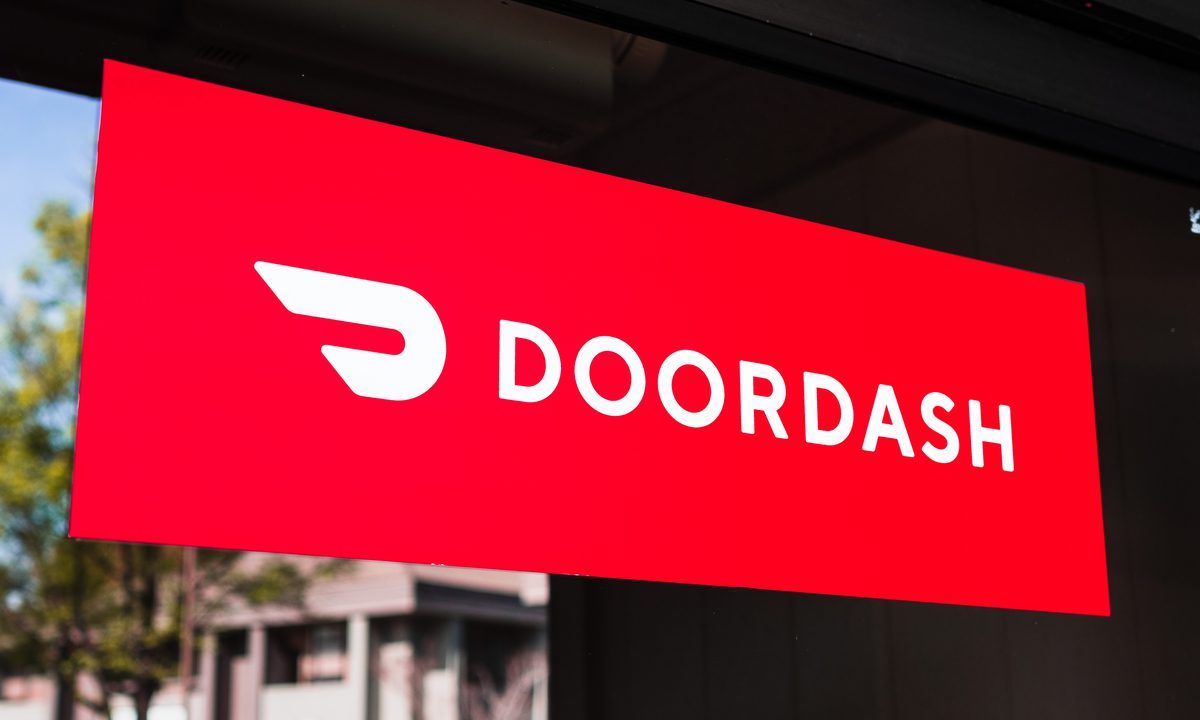DoorDash Looks to Voice AI to Drive White-Label Adoption

As aggregators aim to facilitate not only third-party restaurant sales but also direct orders, DoorDash is turning to voice artificial intelligence (AI) to expand its white-label solutions for restaurants.
The United States’ leading aggregator announced Monday (Aug. 28) that it is developing voice ordering capabilities powered by AI to enable restaurants to field phone orders more efficiently.
“Customers expect more from restaurateurs, and in return, restaurateurs expect even more technology-forward solutions from us — including support for phone channels to meet customers where they’re ordering,” DoorDash Head of Product and Design Rajat Shroff said in a statement. “Supporting operators by capturing customer demand through investments in our voice product is one way we’re delivering more and enabling our partners to grow their business.”
For aggregators, the ability to capture more first-party restaurant sales is key, with PYMNTS research noting that direct orders outnumber those placed through aggregators’ marketplaces 2-to-1.
Phone orders continue to play a significant role. Even following the restaurant industry’s digital shift in early 2020, consumers have continued to call in restaurant orders. A PYMNTS 2021 survey of more than 2,200 U.S. adults found that 42% reported having ordered via phone call in the prior three months, a significantly greater share than the 17% that had ordered via aggregators’ marketplaces.
Plus, research from a PYMNTS study last year, “Digital Divide: The Key Factors That Drive Restaurant Choice,” found that 32% of consumers (and 36% of frequent restaurant diners) were calling in pickup orders more often than before March 2020.
For restaurants’ part, automation is a priority. Findings highlighted in the PYMNTS report “Inflation Puts Technology on the Menu for Restaurants,” the June edition of the “B2B and Digital Payments Tracker®,” created in collaboration with American Express, showed that three-quarters of restaurants are already using automation in at least three areas of operations.
DoorDash’s announcement comes as voice AI technology improves.
“There’s been an evolution in the human quality of the voice, which is rapidly improving,” Presto’s then interim CEO Krishna Gupta told PYMNTS’ Karen Webster in an interview earlier this year. “As somebody who also runs a venture capital firm, I’m aware of all the new companies coming out that are trying to clone the humanness of the voice.”
These advancements could be key, as many restaurant customers are growing frustrated with what they view as the depersonalization of the dining experience. Research from that same Digital Divide study found that about 4 in 10 consumers at least somewhat agreed that restaurants are becoming increasingly less personal, and 77% agreed that staff friendliness is essential to the restaurant experience.
Overall, DoorDash is successfully growing its share of digital orders relative to competitors. PYMNTS research for the Connected Dining series revealed that a growing share of aggregator users turn to the San Francisco-based marketplace.
In June, 77% of aggregator users reported that they were DoorDash customers, up from 71% at the close of last year and 58% at the close of 2021. In contrast, 49% of aggregator users reported ordering from Uber Eats in June, down from 54% at the close of last year, and 35% said the same of Grubhub, down from 38%.

